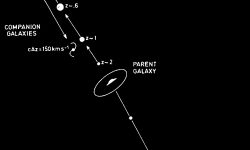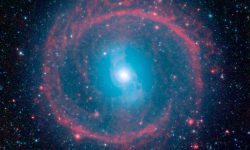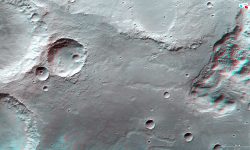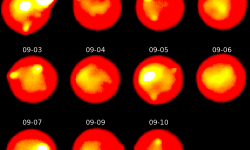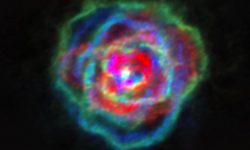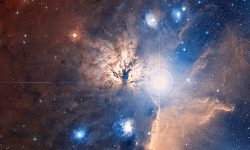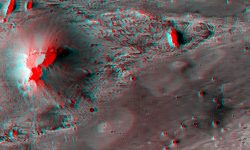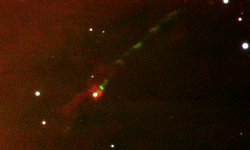Pulsar Wind Jets
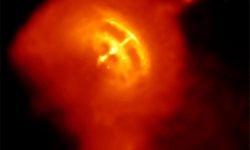
November 25, 2020 Jet-like structures from PSRJ1135–6055. The standard model of stellar evolution proposes that pulsars are neutron stars rotating at incredible speed. For example, PSRJ1135–6055, is reported to be spinning at almost 43,000 revolutions per minute (RPM). To put that rotational rate in perspective, the blades of a typical…





